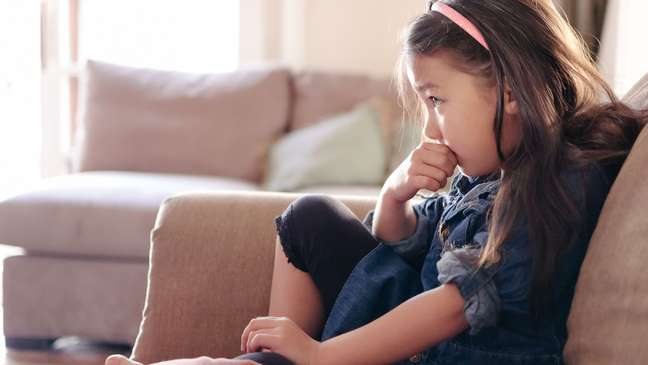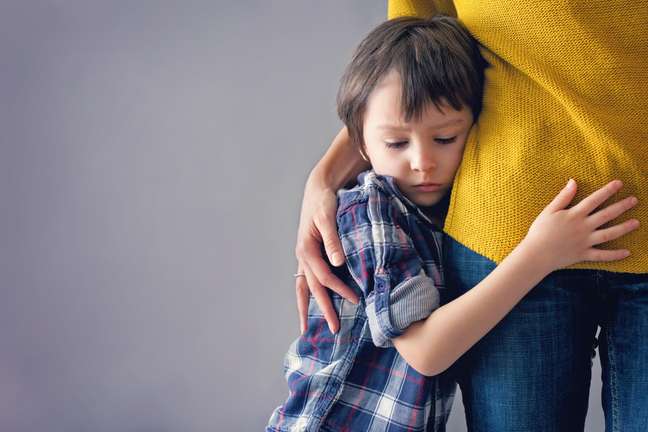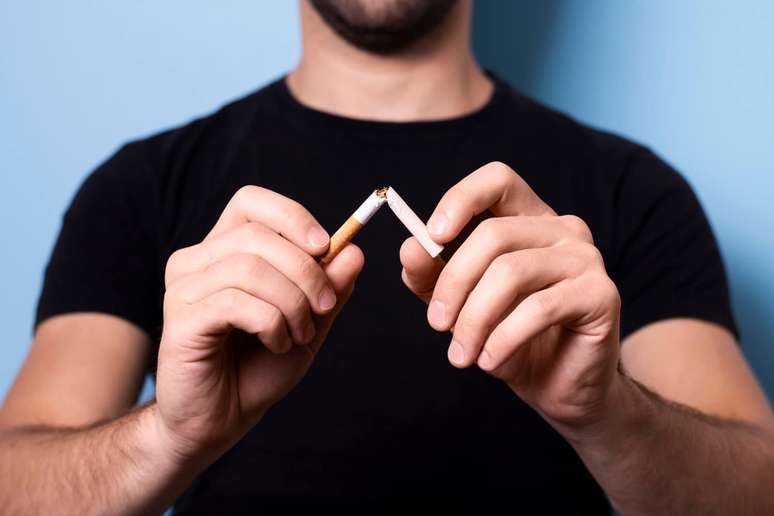Like other mental health problems, childhood anxiety diagnoses have increased with the pandemic.
Concern for the mental health of the child was already on the rise, but took a leap during the Covid-19 pandemic. According to a survey by the Faculty of Medicine of the University of Sao Paulo (FM-USP), during this period, one in four children had clinical anxiety and depression, that is, to the point of requiring the intervention of specialists. The rise in the rate is related to social isolation, school closures, fear of illness, longer use of screens, and most importantly, social networks, among other factors.

“The pandemic has brought drastic changes in the lives of children, who have been deprived of social contact, experienced worries and uncertainties, been more exposed to social networks and exercised less. explains the psychiatrist Juliana Cavalsan, from San Paolo (SP).
Childhood anxiety: what is it?
Anxiety, according to the expert, is a mental disorder characterized by excessive worries, disproportionate fears and a feeling of being constantly alert. It is very common that these emotions are also accompanied by the presence of physical symptoms, such as eg stomach pain, headache, teeth grinding and nail biting. It can affect children of all ages and cause intense suffering.
“When there is no effective treatment, the problem tends to get worse over time,” the psychiatrist points out. “With this, the child’s chance of developing other mental disorders, such as depression, increases. Anxious children without treatment have greater difficulties with social interactions and school performance, which has devastating consequences for self-esteem.“, He says.
Anxious why?
The pandemic, it is worth remembering, is not the only cause of the problem. After all, before her, children had already been affected by it. The reasons, according to the doctor, are multifactorial, that is, there may be several reasons, combined or not. “The environment plays a very important role and can be both protective and trigger for anxiety”, He says. This largely explains the increase in cases in the pandemic. But there is still a genetic component. “It’s common for parents to be anxious too. Most of the time, adult anxiety starts in her childhood,” she points out. In other words, it’s important to look to yourself to help your child.
Of anxious, everyone has some
Although concern about the issue has grown a lot (and this is a sign that the information has had greater reach, which is very good), it is necessary to reflect. Anxiety doesn’t always mean an illness or need for treatment and even medication..
“Some degree of anxiety is absolutely normal for everyone and children are no different,” says the psychiatrist. You don’t have to worry if your child has trouble falling asleep in the days leading up to an expected event, such as his birthday party or a trip, Santa’s arrival or an outing with friends. “Anxiety becomes a problem when there is a negative impact on the child’s life,” Juliana says.
Warning signs arise when your little one:
- Has disproportionate age-related fears and worries;
- It tends to have greater social withdrawal;
- Refuses to go to school;
- They have a decline in academic performance;
- He cannot stand up, raise his hand and ask questions during class;
- Has more difficulty sleeping
- Has a change in appetite, suddenly begins to eat more or less;
- He gets more angry;
- Complains of pain and dizziness;
- Start grinding your teeth and / or biting your nails.
age anxiety
Anxiety, according to the psychiatrist, can manifest itself in any age group, in different ways at each stage. In children, for example, so-called separation anxiety is common, i.e. when the child is very uncomfortable in the absence of the parents..

In this age group there is also selective mutism, that is when the child does not speak on certain occasions, in certain environments or near certain people, and specific phobias, such as excessive fear of needles, thunder and monsters “, Juliana explains.
Over the years, generalized anxiety disorder, social phobia, and panic disorder become more common.. “Generalized anxiety is an excessive worry, it is a state of constant alertness, together with the difficulty of relaxing”, explains the specialist. Social phobia is extreme discomfort in situations of interaction with other people. It is more common in early adolescence. “Panic disorder causes intense physical symptoms, such as rapid heartbeat, shortness of breath and a feeling of impending doom. It is also more common in early teens,” he says.
How to help the child cope with anxiety?
It is possible to alleviate the problem with some attitudes in everyday life. The main thing is to offer the child a safe environment. Helping the little ones, from an early age, to name their emotions helps them to understand them and, therefore, to face them in a more peaceful way. “You can organize activities that help calm you, such as painting, playing with clay and breathing exercises,” recommends the specialist.
How about stimulating breathing exercises in a playful way? Offer the activity in the middle of a narrative, for example by asking your child to imagine blowing out a candle to exhale or smell a bouquet of flowers to inhale. Another idea is to place a teddy bear on his tummy when he is lying down, ask the baby to fill and empty the air in his tummy and watch the toy go up and down. Unleash your imagination!
A part from that, it is necessary to help the little one, gradually, to face his fears, exposing him, in a slow and controlled way, to situations that cause discomfort. Do you feel anxious to live with children you don’t know? Take him to a park and, at first, play together, introducing him to a group and suggesting some activities. When he feels comfortable, take a step back and watch, signaling that he will always be there. On an upcoming occasion, you can encourage your child to go alone and just watch and be available, but from a distance. And so he goes. “Parents need to acknowledge children’s small achievements and congratulate them, so it’s easier to deal with the worst fears,” says the psychiatrist.
When to seek medical assistance
Here, it is important to consider whether the changes in behavior are practically affecting the child’s life. “The ideal is, first of all, to talk to your child’s pediatrician to rule out organic causes that justify the onset of symptoms. If any other disease is ruled out, the child should be sent for psychotherapeutic treatment and psychiatric evaluation,” he explains. Juliana.
In some situations, psychotherapeutic treatment helps solve the problem. In others, drugs are prescribed, which will be evaluated in the psychiatric consultation. “The use of drugs is necessary in cases of greater severity or when non-pharmacological measures, such as psychotherapy, physical activity and changing eating habits, are insufficient”, emphasizes the doctor.
The best content in your email for free. Choose your favorite land newsletter. Click here!
Source: Terra
Benjamin Smith is a fashion journalist and author at Gossipify, known for his coverage of the latest fashion trends and industry insights. He writes about clothing, shoes, accessories, and runway shows, providing in-depth analysis and unique perspectives. He’s respected for his ability to spot emerging designers and trends, and for providing practical fashion advice to readers.







